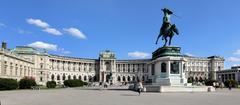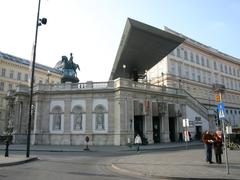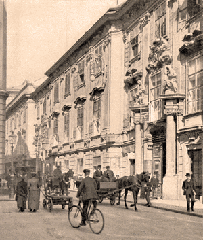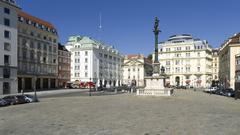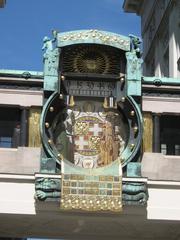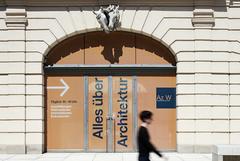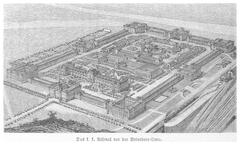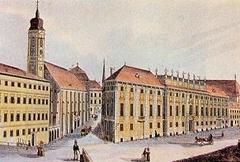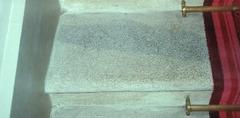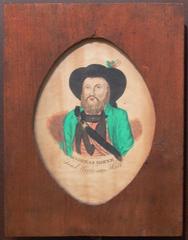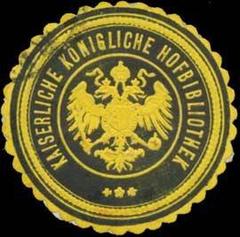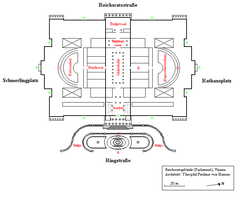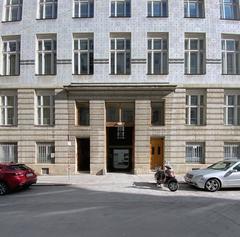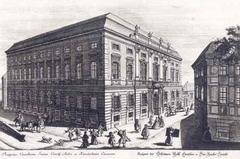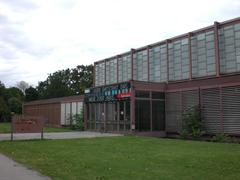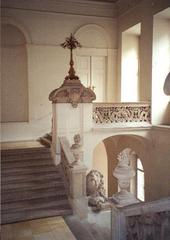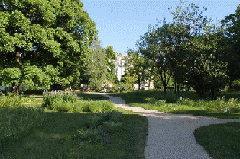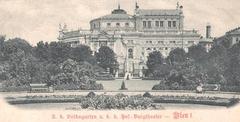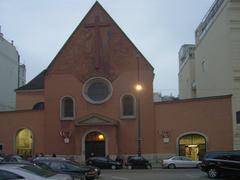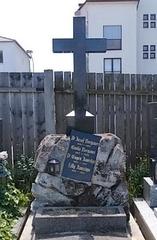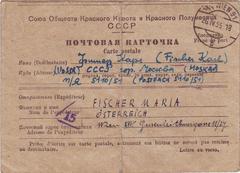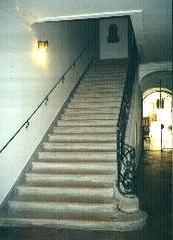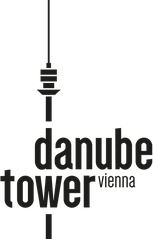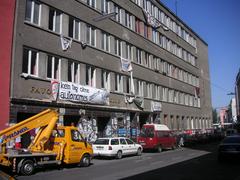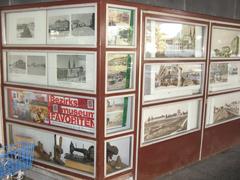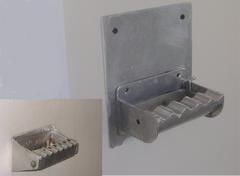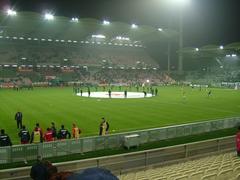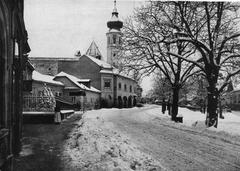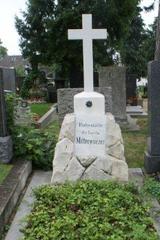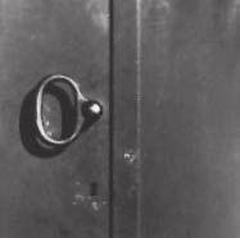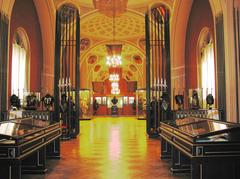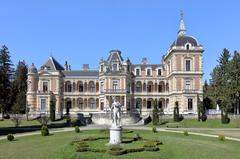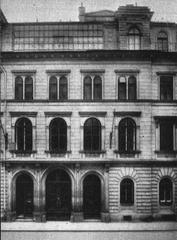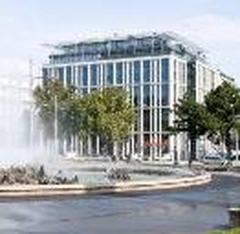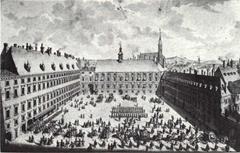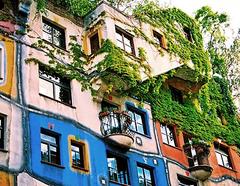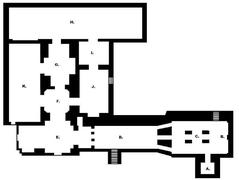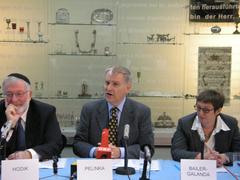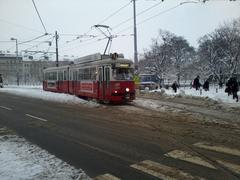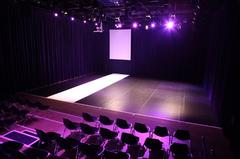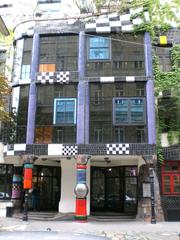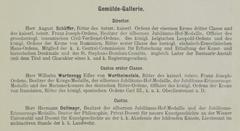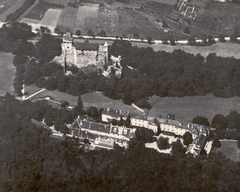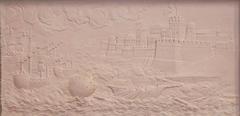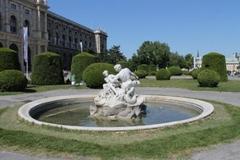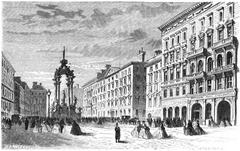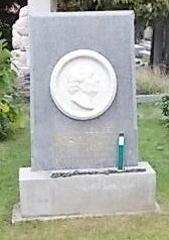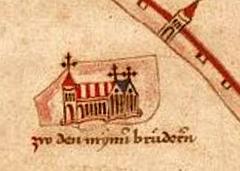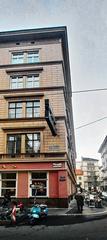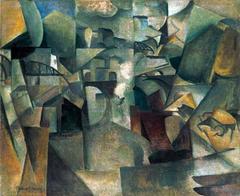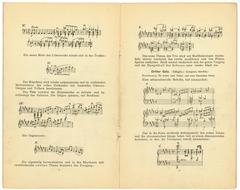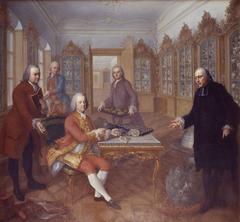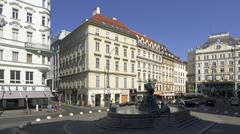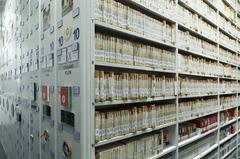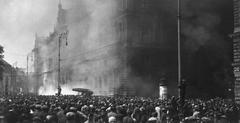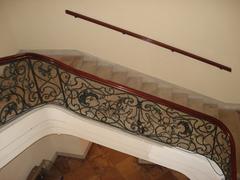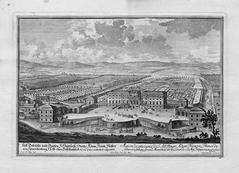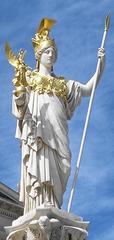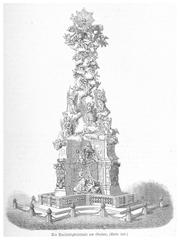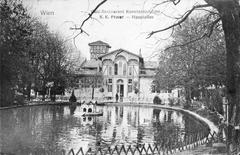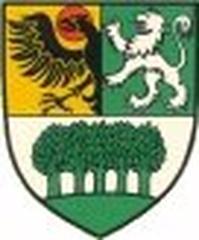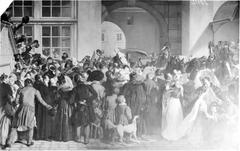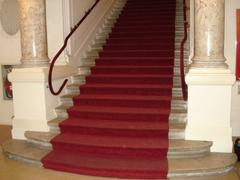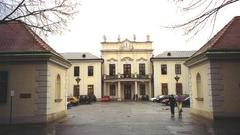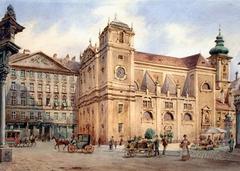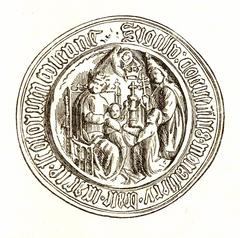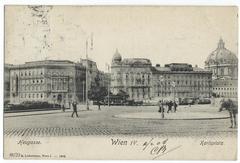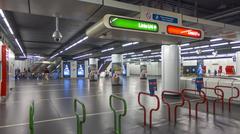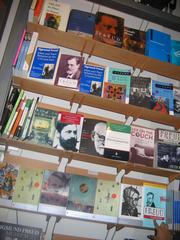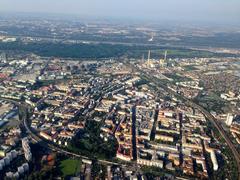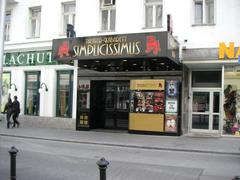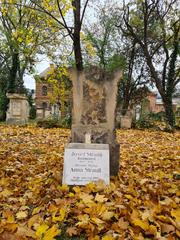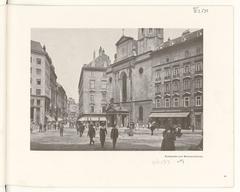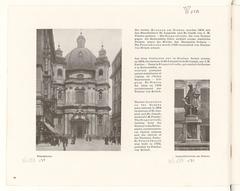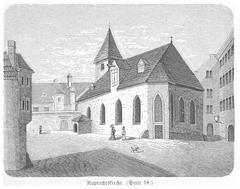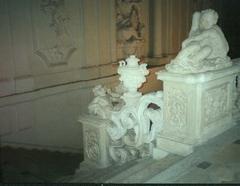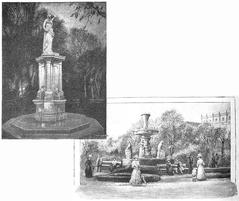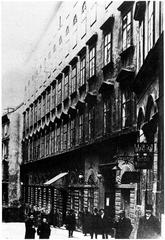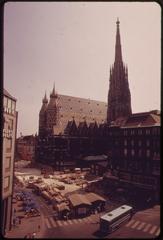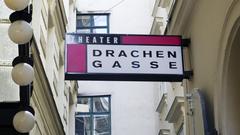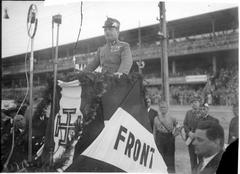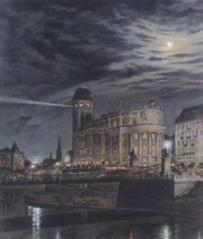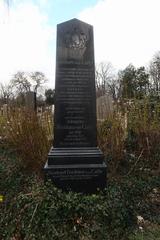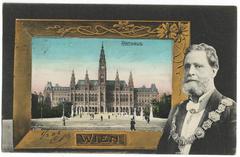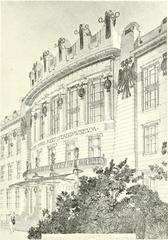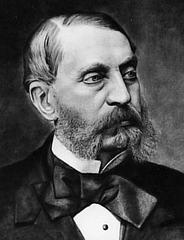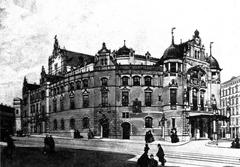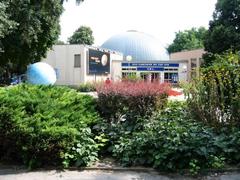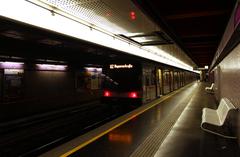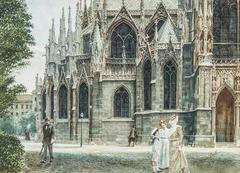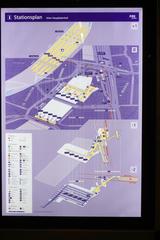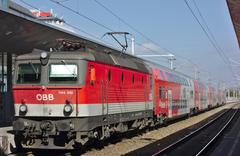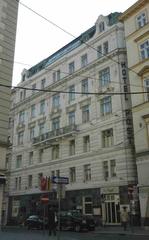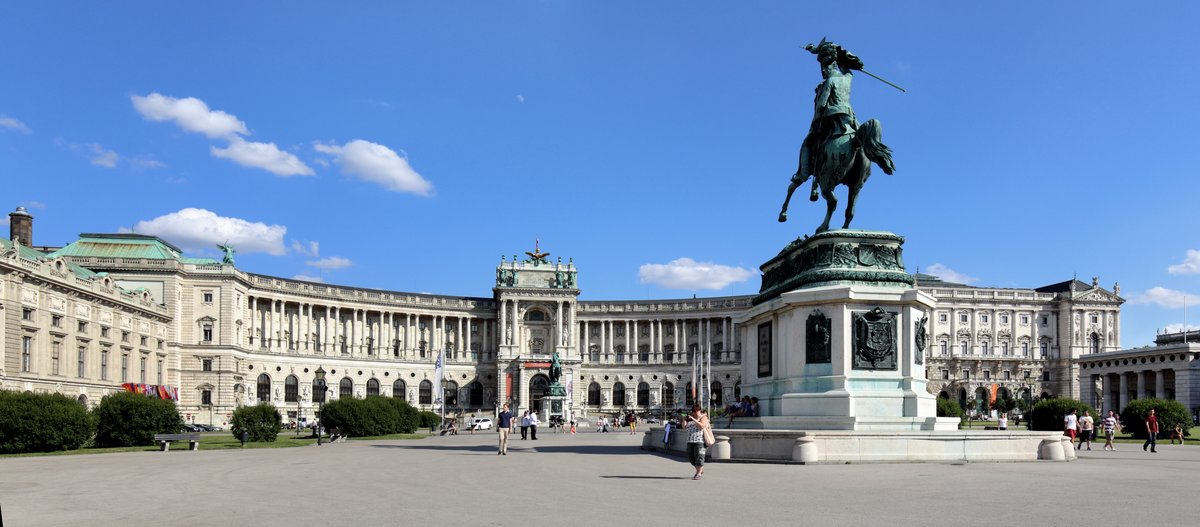
Heldenplatz Visiting Hours, Tickets, and Historical Significance
Date: 17/07/2024
Introduction
Heldenplatz, or “Heroes’ Square,” is one of Vienna’s most revered public spaces, deeply intertwined with the city’s imperial and modern history. Located in the heart of Vienna, Austria, Heldenplatz offers a unique convergence of architectural grandeur, historical significance, and cultural heritage. Designed by renowned architects Gottfried Semper and Karl von Hasenauer as part of Emperor Franz Joseph I’s ambitious Kaiserforum project, the square was intended to symbolize the power and glory of the Habsburg Empire. Although the full vision of the Kaiserforum was never realized, Heldenplatz stands as a testament to the grandiose aspirations of the era (Wien Geschichte Wiki).
The square is flanked by monumental structures such as the Neue Burg, which houses several important museums today, including the Ephesos Museum and the Collection of Ancient Musical Instruments. The architectural layout and the equestrian statues of Archduke Charles and Prince Eugene of Savoy are masterpieces of 19th-century sculpture, reflecting both artistic and engineering prowess (Kunsthistorisches Museum, Wien Museum).
Heldenplatz is not only an architectural marvel but also a poignant historical landmark. It has witnessed significant events, including Adolf Hitler’s proclamation of the “Anschluss” of Austria into Nazi Germany in 1938, marking a dark period in Austrian history (United States Holocaust Memorial Museum). Today, the square serves as a symbol of Austria’s turbulent past and its journey towards democracy and neutrality, hosting various public events and cultural festivals (Austrian National Tourist Office).
Table of Contents
- Introduction
- Historical Background
- Visitor Information
- Preservation and Cultural Heritage
- Visitor Experience
- FAQ
- Conclusion
Historical Background
Origins and Early History
Heldenplatz’s origins date back to the late 19th century, during the reign of Emperor Franz Joseph I. It was part of the grandiose expansion of the Hofburg Palace, which served as the imperial winter residence of the Habsburg dynasty. The square was designed by the renowned architect Gottfried Semper and his colleague Karl von Hasenauer as part of the larger project known as the “Kaiserforum” or “Imperial Forum” (Wien Geschichte Wiki).
Architectural Significance
The architectural layout of Heldenplatz is a testament to the grandeur and ambition of the Habsburg Empire. The square is flanked by monumental buildings, including the Neue Burg, which was intended to be the centerpiece of the Kaiserforum. Although the full vision of the Kaiserforum was never realized, the existing structures provide a glimpse into the imperial aspirations of the era. The Neue Burg, completed in 1913, houses several important museums today, including the Ephesos Museum and the Collection of Ancient Musical Instruments (Kunsthistorisches Museum).
Monuments and Statues
Heldenplatz is renowned for its equestrian statues of two of Austria’s most celebrated military leaders: Archduke Charles and Prince Eugene of Savoy. The statue of Archduke Charles, unveiled in 1860, commemorates his victory over Napoleon at the Battle of Aspern-Essling in 1809. This statue is particularly notable for its dynamic pose, with the horse rearing on its hind legs, a feat of engineering and artistry (Wien Museum).
The statue of Prince Eugene of Savoy, erected in 1865, honors his military achievements, particularly his victories against the Ottoman Empire. Both statues were designed by the sculptor Anton Dominik Fernkorn and are considered masterpieces of 19th-century equestrian sculpture (Belvedere Museum).
Historical Events
Heldenplatz has been the site of numerous significant historical events, most notably Adolf Hitler’s proclamation of the “Anschluss” (annexation) of Austria into Nazi Germany on March 15, 1938. This event marked a dark chapter in Austrian history and is a poignant reminder of the square’s complex past (United States Holocaust Memorial Museum).
Post-War Period and Modern Use
After World War II, Heldenplatz became a symbol of Austria’s turbulent history and its journey towards democracy and neutrality. The square has since been used for various public events, including military parades, political rallies, and cultural festivals. It remains a central gathering place for both locals and tourists, reflecting its enduring significance in Austrian public life (Austrian National Tourist Office).
Visitor Information
Ticket Prices and Opening Hours
Heldenplatz itself is open to the public and free to visit. However, admission fees apply for the museums and attractions within the Neue Burg. It’s advisable to check the specific museum websites for detailed ticket prices and opening hours.
Travel Tips and Accessibility
Heldenplatz is easily accessible by public transportation, including the U-Bahn (subway) and trams. The area is wheelchair accessible, with ramps and elevators available for those with mobility issues.
Guided Tours and Special Events
Guided tours are available and offer deep insights into the historical and architectural significance of Heldenplatz. Special events, such as military parades and cultural festivals, are often held here, providing a vibrant atmosphere for visitors.
Photographic Spots
For photography enthusiasts, the equestrian statues and the facade of the Neue Burg provide stunning backdrops. Early mornings and late afternoons offer the best natural lighting for capturing the beauty of Heldenplatz.
Preservation and Cultural Heritage
Efforts to preserve and maintain Heldenplatz and its surrounding structures are ongoing. The square and its monuments are protected as part of Vienna’s historic city center, which is a UNESCO World Heritage Site. This designation underscores the importance of Heldenplatz not only as a historical landmark but also as a cultural and architectural treasure (UNESCO World Heritage Centre).
Visitor Experience
Today, visitors to Heldenplatz can explore its rich history through guided tours, informational plaques, and museum exhibits. The square offers a unique opportunity to delve into Austria’s imperial past while also reflecting on the pivotal moments of the 20th century. Whether admiring the architectural splendor of the Neue Burg or contemplating the historical significance of the equestrian statues, Heldenplatz provides a multifaceted experience that is both educational and inspiring (Vienna Tourist Board).
FAQ
Q: What are the opening hours for Heldenplatz?
A: Heldenplatz is open 24/7, but the museums within the Neue Burg have specific opening hours. Check their websites for details.
Q: Is there an entrance fee to visit Heldenplatz?
A: The square itself is free to visit, but the museums within the Neue Burg charge admission fees.
Q: Are guided tours available?
A: Yes, guided tours are available and highly recommended for a comprehensive understanding of Heldenplatz’s history and significance.
Q: How can I get to Heldenplatz?
A: Heldenplatz is easily accessible by public transportation, including the U-Bahn (subway) and trams.
Conclusion
Heldenplatz encapsulates the rich tapestry of Vienna’s historical and cultural legacy. From its inception during the Habsburg era to its role in modern Austrian history, the square remains a focal point of public life and a symbol of national identity. Visitors can explore Heldenplatz’s multifaceted history through its architectural splendor, historic monuments, and the museums housed within the Neue Burg. The square offers an immersive experience that is both educational and inspiring, making it a must-visit destination for history enthusiasts and casual tourists alike (Vienna Tourist Board).
Whether you’re captivated by the dynamic equestrian statues of Archduke Charles and Prince Eugene of Savoy or reflecting on the significant historical events that have unfolded here, Heldenplatz provides a unique window into Austria’s imperial past and its contemporary cultural landscape. Ongoing preservation efforts ensure that this UNESCO World Heritage Site continues to be a cultural and architectural treasure (UNESCO World Heritage Centre). For more information and updates, consider downloading the Audiala mobile app and following us on social media.
References
- Wien Geschichte Wiki. (n.d.). Heldenplatz. Retrieved from Wien Geschichte Wiki
- Kunsthistorisches Museum. (n.d.). Neue Burg. Retrieved from Kunsthistorisches Museum
- Wien Museum. (n.d.). Heldenplatz. Retrieved from Wien Museum
- United States Holocaust Memorial Museum. (n.d.). Anschluss. Retrieved from United States Holocaust Memorial Museum
- Austrian National Tourist Office. (n.d.). Vienna. Retrieved from Austrian National Tourist Office
- UNESCO World Heritage Centre. (n.d.). Historic Centre of Vienna. Retrieved from UNESCO World Heritage Centre
- Vienna Tourist Board. (n.d.). Vienna. Retrieved from Vienna Tourist Board
